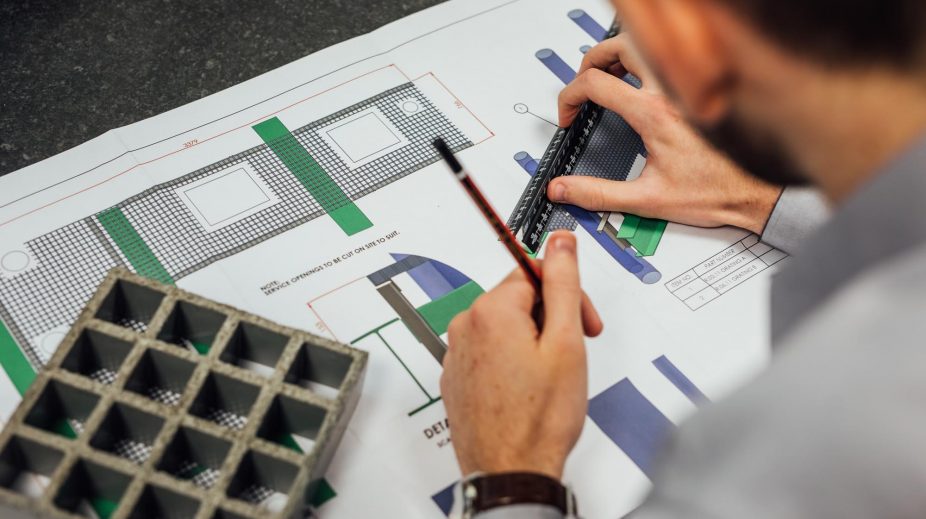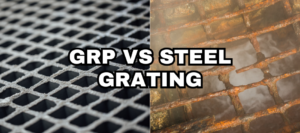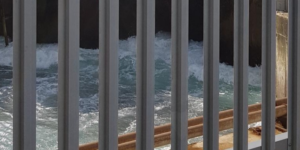Welcome to our informative guide on the environmental benefits of Glass Reinforced Plastic (GRP), also known as fiberglass! As concerns about environmental sustainability continue to grow, it’s crucial to understand how different materials can contribute to a greener future. GRP, a versatile composite material, offers a range of environmental advantages that make it an excellent choice for various applications.
1. Resource Efficiency: GRP is made by combining glass fibers with a polymer resin, resulting in a strong and lightweight material. The production process of GRP requires less raw material compared to traditional materials like steel or concrete. This resource efficiency helps conserve valuable natural resources while reducing the environmental impact of extraction and processing.
2. Energy Savings: The manufacturing process of GRP consumes significantly less energy compared to other materials. This energy efficiency translates to lower greenhouse gas emissions and reduced carbon footprint throughout the lifecycle of GRP products. Choosing GRP contributes to energy savings and a more sustainable industrial landscape.
3. Reduced Emissions: Because of its lightweight nature, GRP products require less energy for transportation and installation. This leads to fewer emissions from transportation vehicles, contributing to improved air quality and reduced environmental harm.
4. Longevity and Durability: GRP’s exceptional resistance to corrosion, weathering, and chemical exposure results in products that have a longer lifespan. Longer-lasting structures and products mean fewer replacements and less waste in the long run. This durability reduces the overall demand for new materials and conserves resources.
5. Lower Maintenance Requirements: GRP’s resistance to environmental factors and chemicals significantly reduces the need for frequent maintenance and repairs. This not only saves resources but also minimizes the use of maintenance-related materials and chemicals, leading to a cleaner environment.
6. Reduced Waste Generation: GRP manufacturing processes can be designed to minimise waste generation. The ability to mould GRP into intricate shapes with minimal material wastage results in efficient utilisation of resources and a decrease in overall waste production.
7. Versatility and Design Innovation: GRP’s adaptability and design flexibility enable architects, engineers, and designers to create innovative and efficient solutions. This versatility often leads to optimised designs with reduced material consumption, further contributing to environmental preservation.
8. Applications in Green Industries: GRP is widely used in renewable energy sectors, including wind energy and solar power. Its durability, lightweight nature, and resistance to environmental factors make it a preferred choice for producing components that contribute to sustainable energy generation.
9. Potential for Recycling: While challenges exist, recycling fibreglass is possible at facilities with the appropriate equipment. The way it can be done is by using it as fuel for cement kilns or grinding it to a fine powder to use as filler.
In conclusion, Glass Reinforced Plastic (GRP) offers a range of environmental benefits that align with the goals of sustainability and eco-consciousness. From resource efficiency and energy savings to reduced emissions and waste generation, GRP is a material that supports a greener future. As industries continue to prioritize environmental responsibility, GRP stands out as a smart choice for creating a more sustainable world.
Interested in finding out more? Read about the sustainability of GRP here.
Sources:
- “Environmental Life Cycle Assessment of Glass Fiber Reinforced Polymers” – Journal of Industrial Ecology
- “Advancements in Sustainable Composites: A Review” – Materials Today Chemistry
Feel free to contact us for more information or to explore our diverse range of environmentally friendly GRP products!





